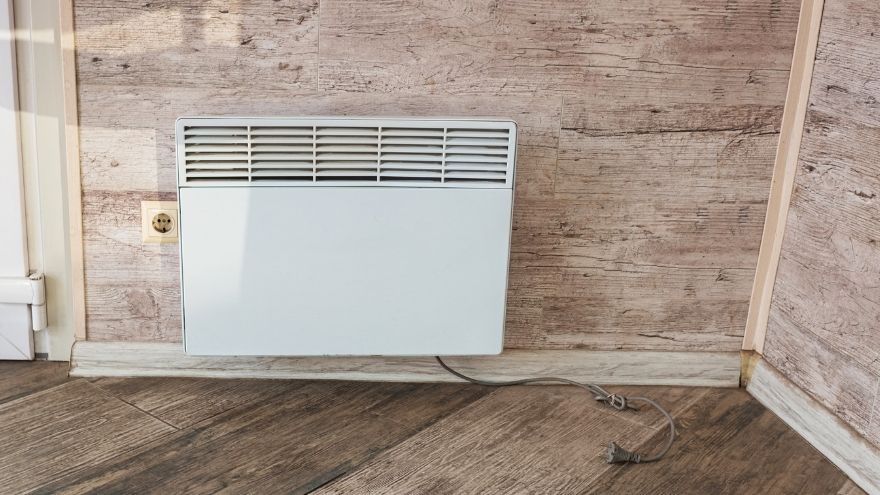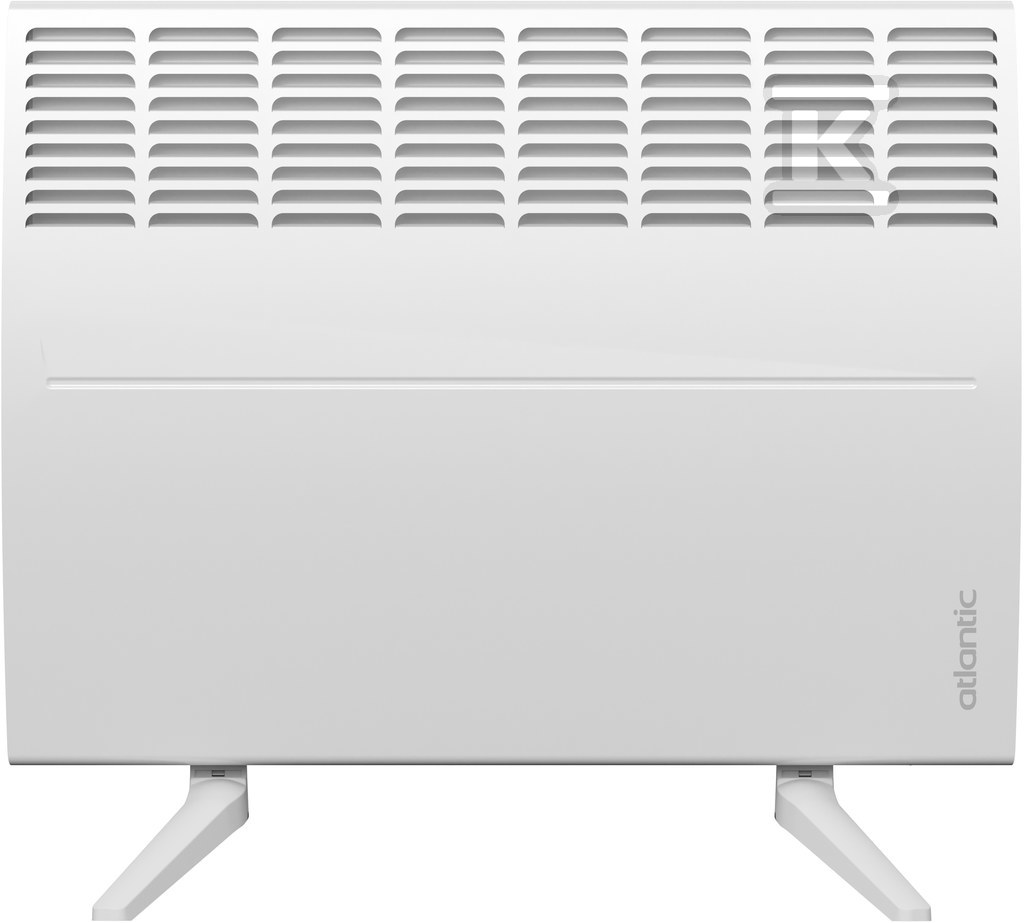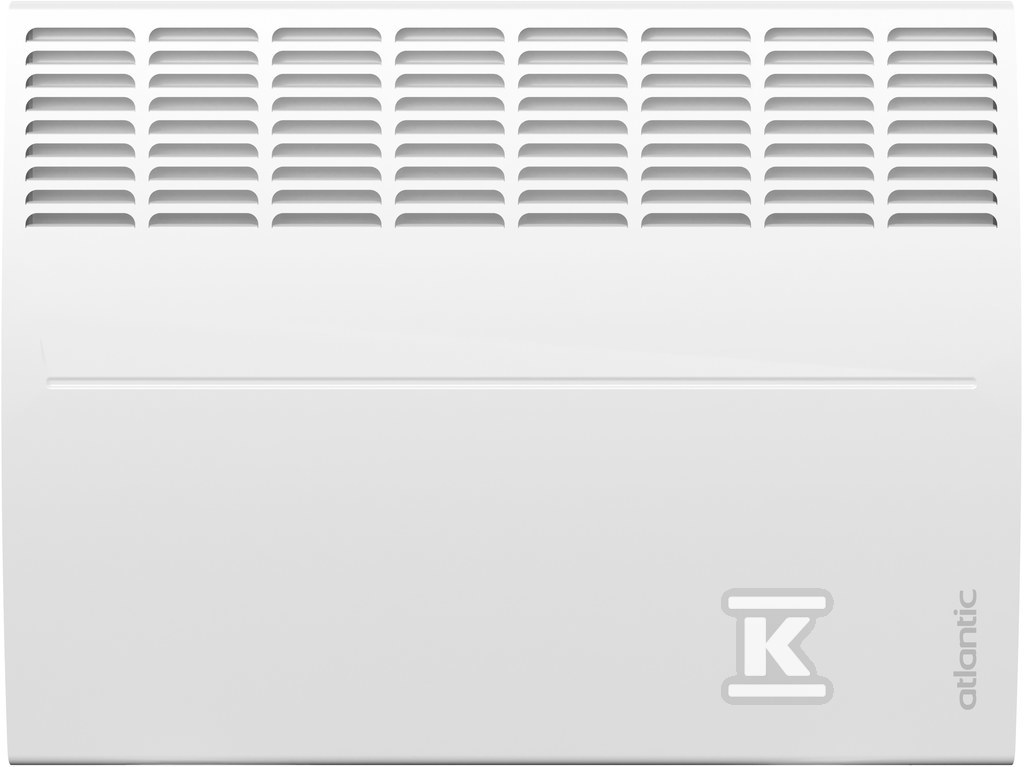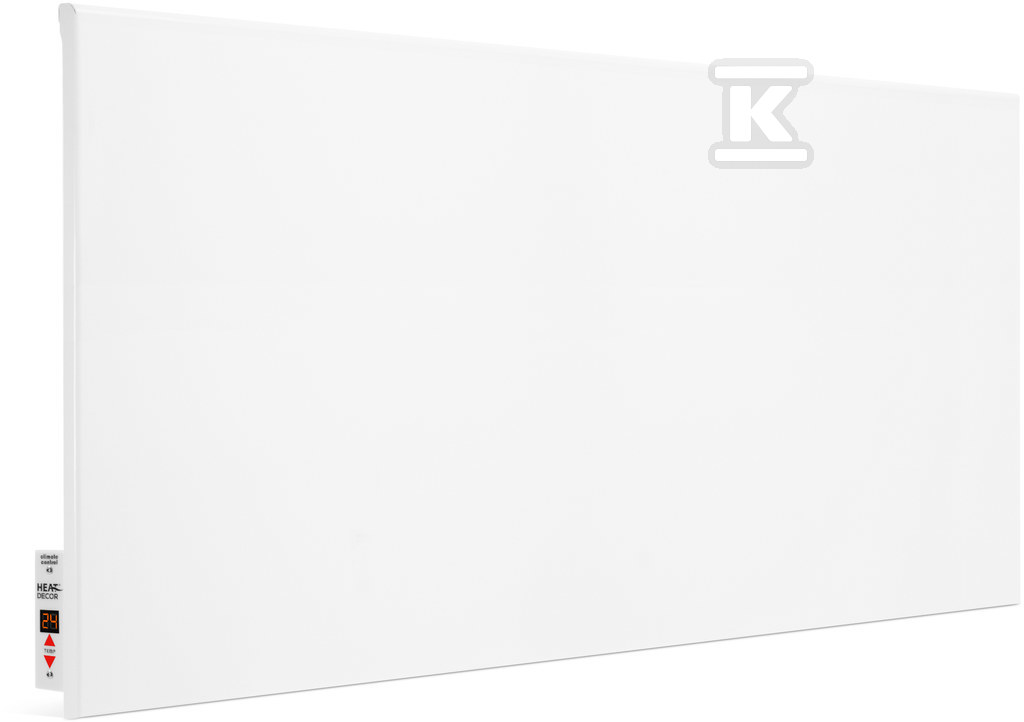Thermal comfort is of great importance throughout the house, but if we were to point out a place where it is absolutely crucial, it would definitely be the bathroom. There is high humidity there, which has a negative impact on the comfort of use, and is also responsible for the faster growth of mold and fungi. Therefore, we must remember to always have an optimal temperature here. However, sometimes it is difficult to achieve this. If this is the case, an electric heater can be helpful. However, its selection requires taking into account several key factors, such as the size of the room, the energy efficiency of the device and aesthetics. In our guide, you will find answers to the questions: will an electric heater heat the bathroom, how to choose a heater for the bathroom area and which model uses the least electricity. This will make it easier to make a decision that will provide not only warmth, but also savings and functionality in your bathroom.

Check out electric bathroom radiators at the Onninen wholesaler
Will an electric heater heat a bathroom?
The bathroom is a special place in every home, which is why it should be treated specially so that it serves all household members. The most important thing is that it is warm, regardless of the weather outside. Sometimes, despite the fact that the central heating system covers all rooms, the bathroom is colder than other rooms. This is quite frustrating, especially when we want to take a shower or bath in comfortable conditions. The solution to these problems is an electric bathroom radiator. It does not require the expansion of the central heating system. We buy it, mount it on the wall or put it on the floor, connect it to the socket. And that's it - the bathroom radiator starts to provide pleasant warmth!
 Modern electric radiators are distinguished by their high efficiency, as well as ease of installation, which makes them an ideal solution for various bathrooms, both in new buildings and during renovation in older apartments. They are able to provide a lot of heat, heating this room, but on condition that we choose a model adapted to the square footage, also taking into account the specifics of this interior. The power of the electric radiator is especially key here, as well as the issue of its appropriate location. They are usually mounted on the wall, because it allows for even distribution of heat. Towel rail radiators are particularly popular, thanks to which we gain a place for drying towels.
Modern electric radiators are distinguished by their high efficiency, as well as ease of installation, which makes them an ideal solution for various bathrooms, both in new buildings and during renovation in older apartments. They are able to provide a lot of heat, heating this room, but on condition that we choose a model adapted to the square footage, also taking into account the specifics of this interior. The power of the electric radiator is especially key here, as well as the issue of its appropriate location. They are usually mounted on the wall, because it allows for even distribution of heat. Towel rail radiators are particularly popular, thanks to which we gain a place for drying towels.
Electric bathroom radiators operate independently, which is completely different from traditional heating systems, so they can be used exactly where the greatest need is. Equipped with thermostats that provide temperature regulation and maintenance, rich in various programming functions, they allow you to adjust the heating to your daily needs.
Convector models heat the air using circulation, which quickly raises the temperature in the room. Oil models heat up slower, but retain heat longer, making them an energy-saving choice. Ceramic electric heaters offer even heating. They are especially recommended for smaller bathrooms, where quick thermal comfort is important.
How to choose an electric heater for your bathroom space?
There is no doubt that an electric heater will provide pleasant thermal comfort in the room, but we must remember to take into account the bathroom area. It is absolutely most important to choose a heater with enough power to effectively heat the entire space.
 And it is the power of the radiator that is the basic parameter, expressed in watts (W). It is assumed that for each square meter of bathroom surface area, about 100-130 W of heating power is needed.
And it is the power of the radiator that is the basic parameter, expressed in watts (W). It is assumed that for each square meter of bathroom surface area, about 100-130 W of heating power is needed.
For example, if our bathroom is 6 m2, a heater with a power of about 600-800 W will be appropriate. However, additional factors should also be taken into account, such as the thermal insulation of the building, the presence of windows or the height of the ceiling. If the bathroom is poorly insulated or has large windows, it may be necessary to increase the power of the device.
Equally important is the issue of choosing the right type of radiator. In smaller bathrooms, wall-mounted radiators are ideal because they do not take up much space. They therefore provide optimal space management. Ladder models with a towel drying function are a great option. Freestanding models can also work well in larger rooms. They are easy to move depending on your needs.
Additional functions are also important, such as a thermostat that allows for precise temperature control or a timer that allows the heater to be automatically turned on and off at selected times of the day.
Before buying, pay attention to the moisture protection class (IP), especially in bathrooms, where devices may be exposed to frequent contact with water and humid air. Models with increased resistance, such as IP24, are particularly effective here.
Which electric bathroom heater uses the least electricity?
We can see that an electric bathroom radiator is an excellent solution that can provide pleasant thermal comfort. However, many people are afraid of high electricity bills, especially since they are getting higher and higher. The priority is therefore to choose a model that, on the one hand, allows you to maintain heat, and on the other hand, uses a minimum amount of electricity. In order to guarantee this ideal condition, we must remember several important aspects, such as the type of device, the technologies used, and the method of use.
 The most energy-efficient models are definitely those equipped with thermostats and programmers. Thanks to them, the device only works when it is really necessary. This allows you to significantly reduce energy consumption. Ceramic radiators are distinguished by their relatively low power consumption, which is due to the fact that they heat up quickly.
The most energy-efficient models are definitely those equipped with thermostats and programmers. Thanks to them, the device only works when it is really necessary. This allows you to significantly reduce energy consumption. Ceramic radiators are distinguished by their relatively low power consumption, which is due to the fact that they heat up quickly.
They also give off heat for a long time, even after switching off. Oil models heat up slower, but are more efficient over a longer period of time. Regardless of the model you choose, remember to always match the radiator's power to the bathroom's square footage. Otherwise, you won't get satisfactory results. The problem is not only too little power, but also too much, because this will unnecessarily use more energy.
When purchasing a bathroom radiator, it is worth remembering the advice collected in this guide, which will help us choose the optimal solution.
Check out electric bathroom radiators at the Onninen wholesaler